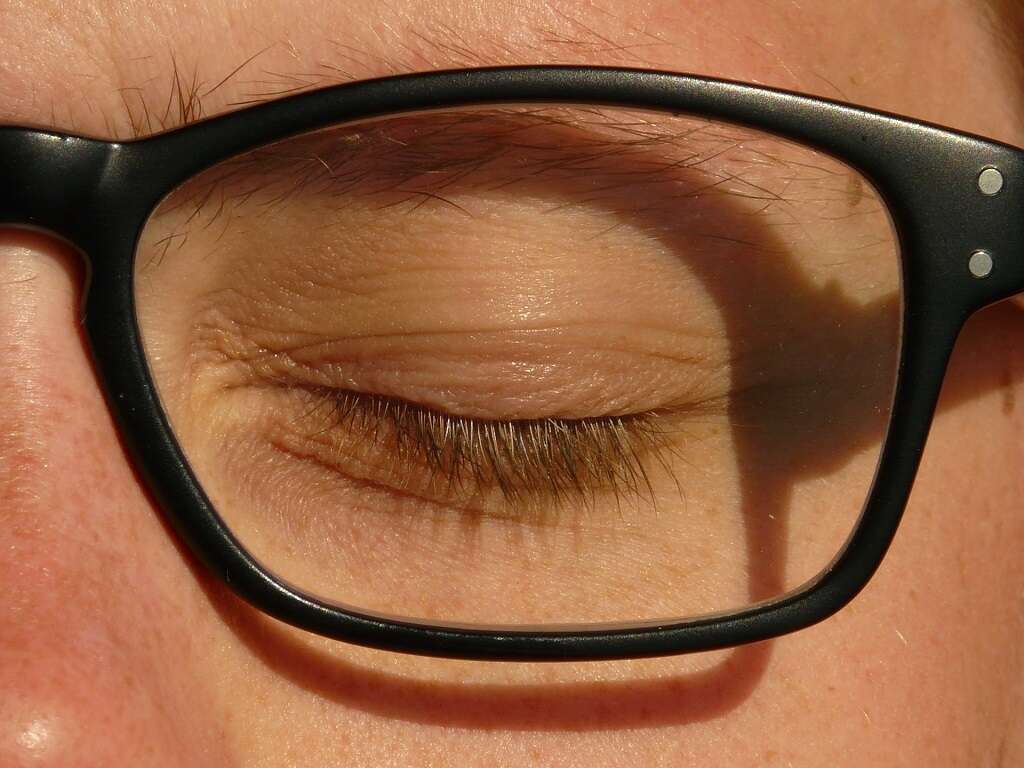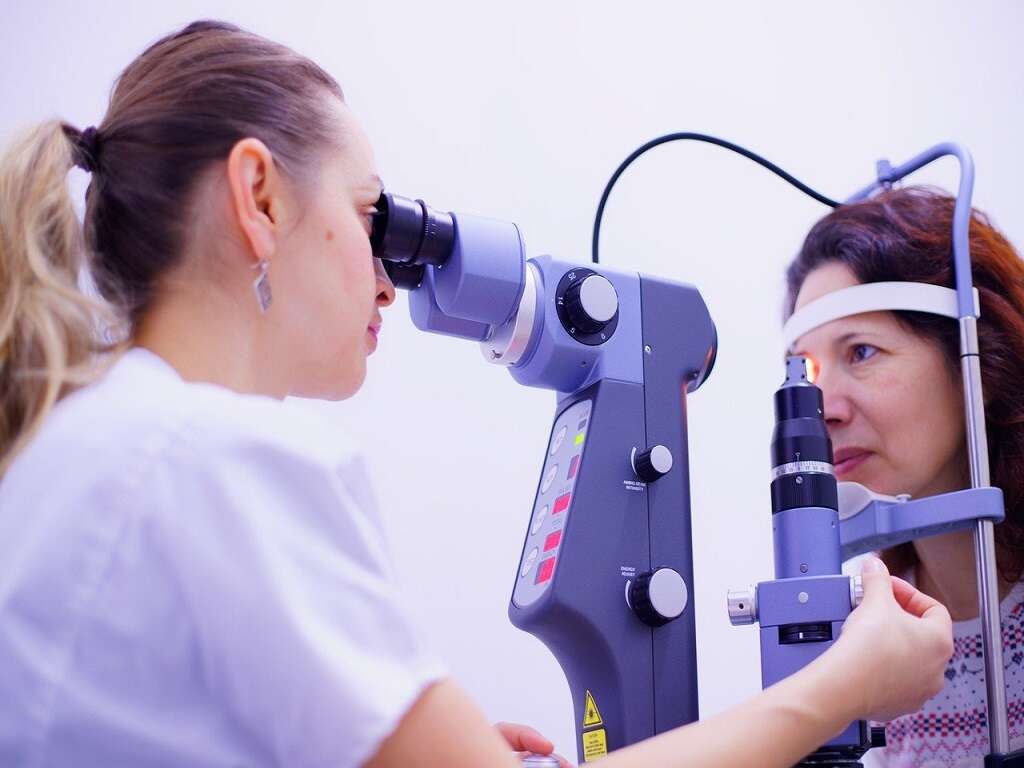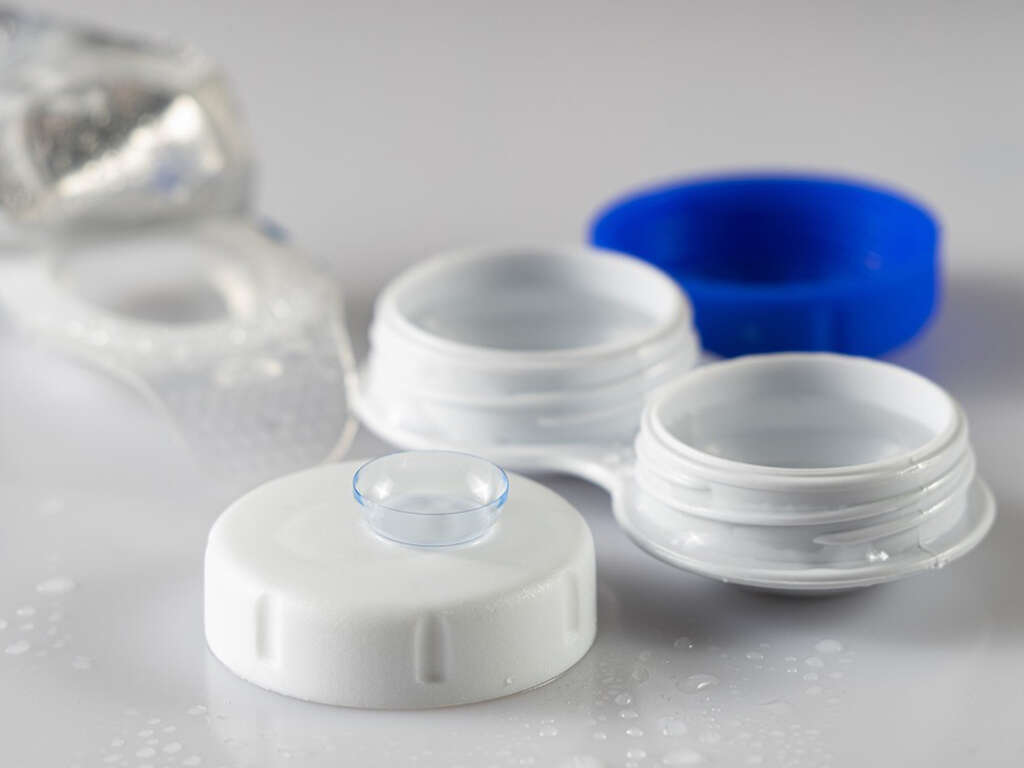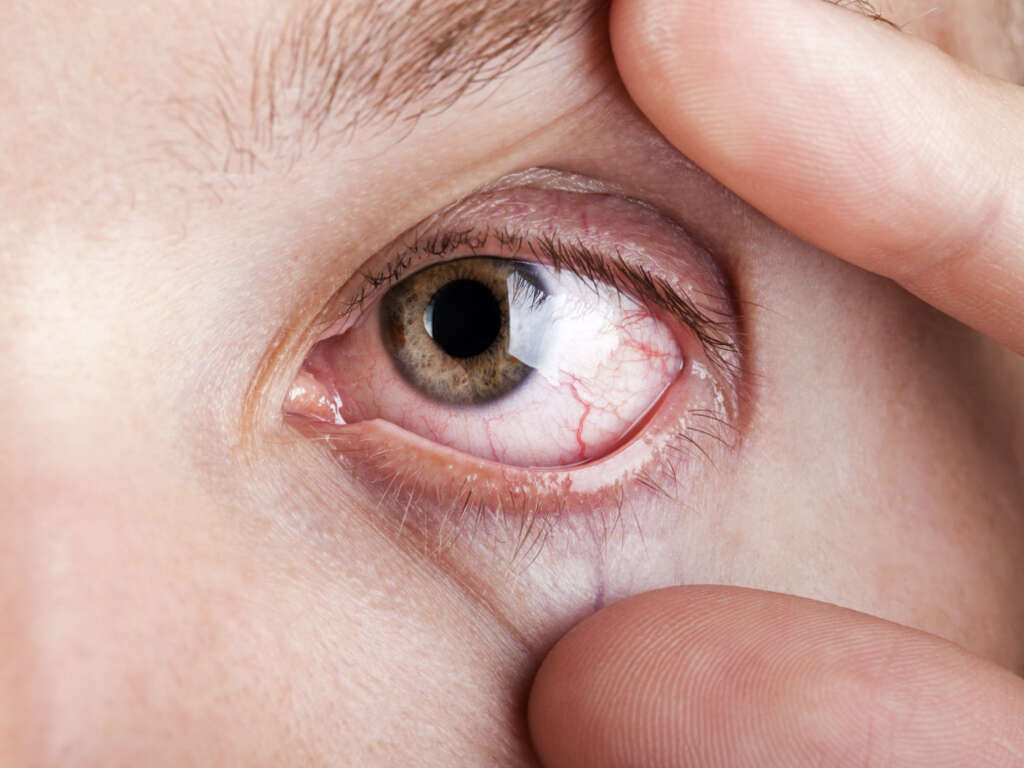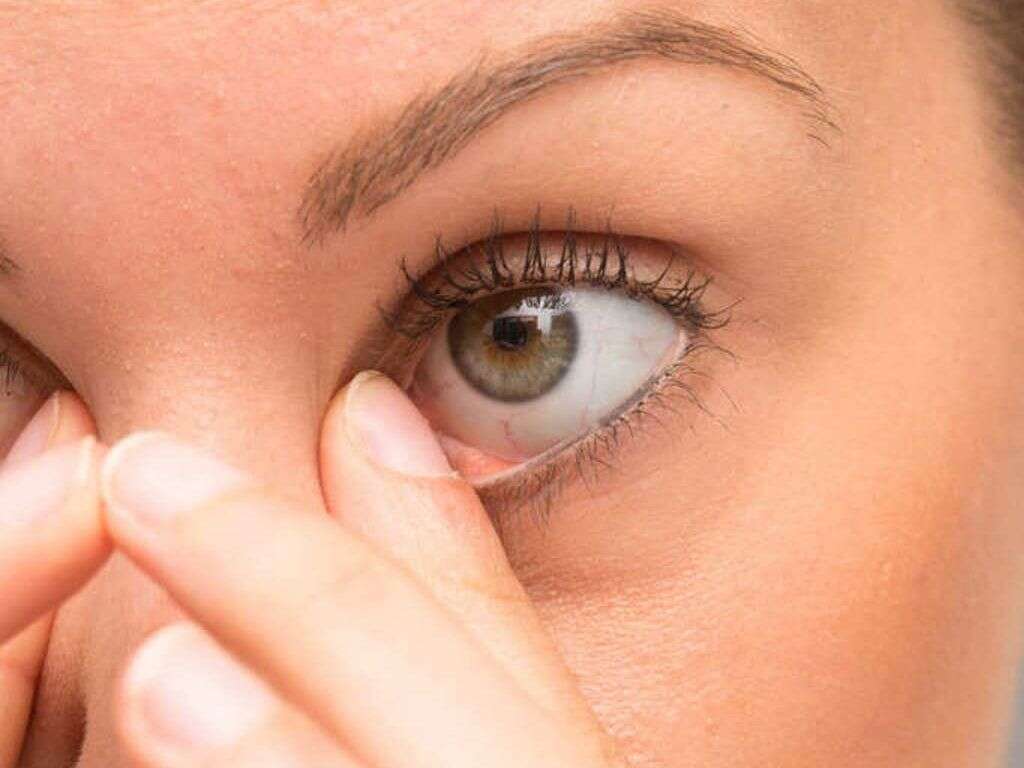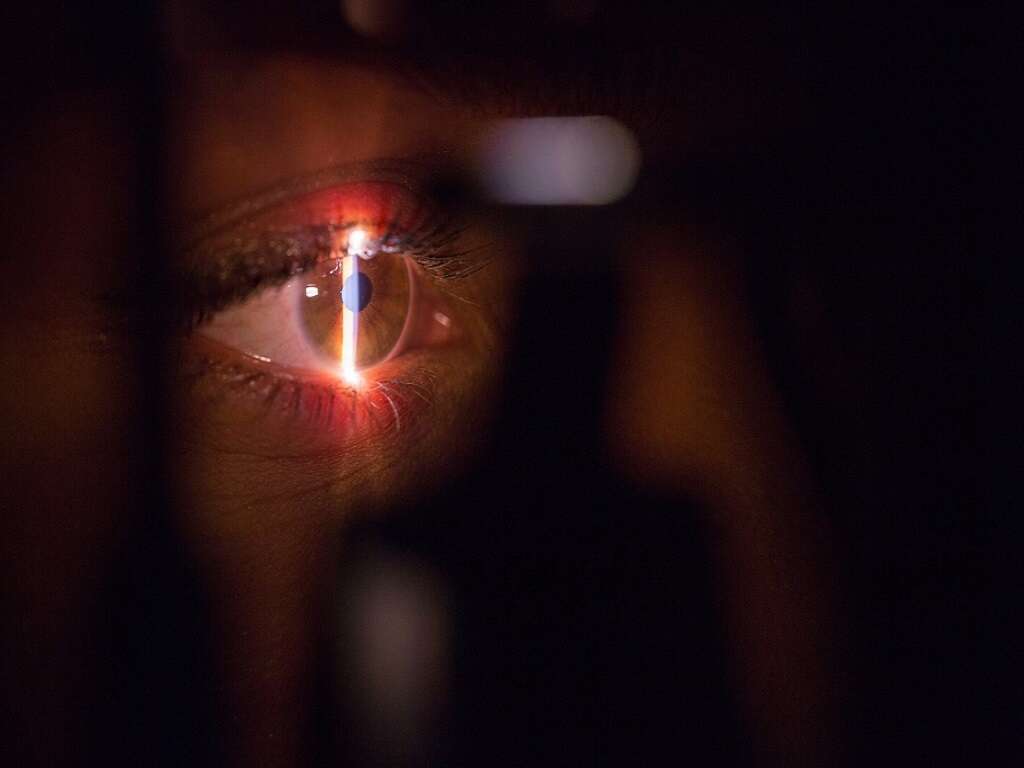What Is a Corneal Ulcer?
The eyes are very sensitive parts of the body, and it’s easy for the soft tissues of the eye to become damaged. In some cases, damage may be caused by a large physical irritant, such as dirt or other foreign materials. In other cases, damage may be caused by small bacterial, viral, fungal or parasitic infections. A corneal ulcer is an infection of the cornea that can be caused by any of the above substances.
It’s important to take care of your eye health so you can continue to enjoy good vision. If you suspect that you have a corneal ulcer, it is wise to seek treatment as soon as possible.

1. What Is a Corneal Ulcer?
A corneal ulcer is an open sore on the front part, or cornea, of the eye. The cornea is the clear part of the eye that protects the structures beneath it. Corneal ulcers can be painful and can cause serious problems if they are not treated. Fortunately, most of them are preventable. If you develop one despite your efforts to prevent it, you can seek treatment.
When treatment is sought in a timely manner, long-term difficulties associated with corneal ulcers can be minimized. Many people experience an improvement of their symptoms without adverse effects on vision when they seek treatment right away.

2. What Causes Corneal Ulcers?
Corneal ulcers are most commonly caused by infections. Bacterial infections are a common cause of corneal ulcers, as are viral infections. Viral infections such as varicella virus and herpes simplex virus can also cause the common eye condition. Fungal infections are less common but can occur after the eye is injured by a twig or other natural material. Parasitic infections are also uncommon but can still cause corneal ulcers.
To protect your eyes from these things, wear eye protection when working on projects that involve wood or other materials. You should also avoid opening your eyes under the water when swimming in ponds or lakes.

3. What Does a Corneal Ulcer Look Like?
Corneal ulcers can vary in size. Some may be too small to notice with the naked eye, while others may be large enough for people to notice when they look at you. Most corneal ulcers appear translucent, white opaque or gray.
Since some corneal ulcers are very small, they can be hard to recognize or detect. If you’re experiencing unexplained pain in your eye but you can’t see an obvious issue, it’s a good idea to visit your eye doctor. He or she has special tools that can illuminate and magnify the area and reveal even small corneal ulcers.

4. What Are the Symptoms of a Corneal Ulcer?
Corneal ulcers can cause mild to severe pain in the eye. Different people may experience varying symptoms, depending on the underlying cause of the condition as well as the severity of the infection. Generally, corneal ulcers cause more discomfort if they are left untreated.
Here are some of the most common symptoms of this eye condition: discomfort and pain, redness, sensitivity to light, blurry vision, sensation of something in the eye. If you experience these symptoms and suspect that you have this eye condition, it’s important to see your ophthalmologist right away.
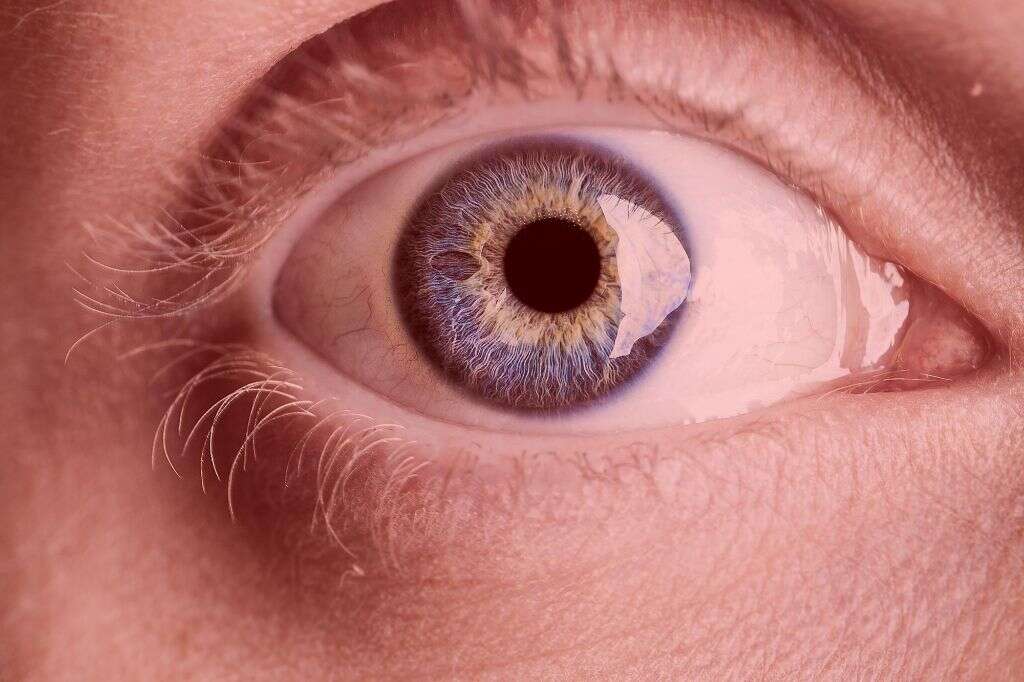
5. What Are the Risk Factors for Corneal Ulcer?
There are some people who are more likely than others to develop one or more corneal ulcers. People who wear contact lenses have a higher likelihood of developing a corneal infection than those who do not wear contact lenses. The risk magnifies 10-fold in people who use extended-wear contacts overnight.
Other risk factors for corneal ulcers include eyelids that turn inward, steroid eye drops, chemical burns to the cornea, eyelashes that grow inward, disorders that cause dry eyes, Bell’s palsy and other conditions that prevent the eyelid from closing all the way, and blepharitis (eyelid inflammation).

6. What Complications Can Develop from a Corneal Ulcer?
Like most other conditions, there are complications that can arise from untreated corneal ulcers. Some of these include corneal perforation, stromal necrosis, corneal scarring, glaucoma, and blindness. Potential complications from corneal ulcers may be worse in patients who have autoimmune diseases.
Whether you have an autoimmune disease or not, for the sake of your eye health and vision, you should call your ophthalmologist immediately if you have symptoms of a corneal ulcer. Doing so could prevent you from developing serious complications.

7. When Should I Call My Doctor for a Corneal Ulcer?
It is normal for the eyes to become irritated and red at times. If you have short-term eye irritation, you probably don’t need to seek medical attention. However, since corneal ulcers can lead to serious complications, it’s important to understand when you should call your doctor.
Make an appointment right away if you have severe pain in your eye, obvious discharge draining out of your eye, or a sudden change in vision. You should also visit your doctor if you have a history of eye exposure to flying particles or chemicals.

8. What Is the Prognosis of a Corneal Ulcer?
In most cases, ulcers in the cornea are considered medical emergencies. They are unlikely to heal on their own if left alone without treatment. It’s also possible for an ulcer to spread to the rest of the eye, which can cause short-term or long-term vision loss. If you have scars from ulcers, you may need to receive a corneal transplant.
With prompt treatment, the outlook for corneal ulcers is quite good. The majority of cases heal within two or three weeks with consistent treatment.

9. How Can I Prevent a Corneal Ulcer?
Ulcers in the cornea may not always be preventable. However, there are things you can do to reduce your chances of getting them. One of the most effective ways to prevent corneal ulcers is to wear eye protection anytime you’re around small, flying particles. You should also use artificial tears to keep your eyes moist if you have dry eyes.
Contact wearers should take their lenses out every evening and clean them with solution. Whenever possible, avoid sleeping with contacts in. You should also wash your hands thoroughly before handling lenses.

10. What Treatment Options Are Available for a Corneal Ulcer?
There are various ways corneal ulcers can be treated. Your doctor may recommend medications or surgery, depending on the underlying cause of your ulcer. Commonly prescribed medications for ulcers in the cornea include antifungal, antiviral or antibiotic eye drops. Ora painkillers may also be prescribed for pain.
If the ulcer is severe or if medications don’t help the condition, your doctor may recommend a surgical corneal transplant. This is a procedure that involves replacing the damaged cornea with a healthy one from a donor.




